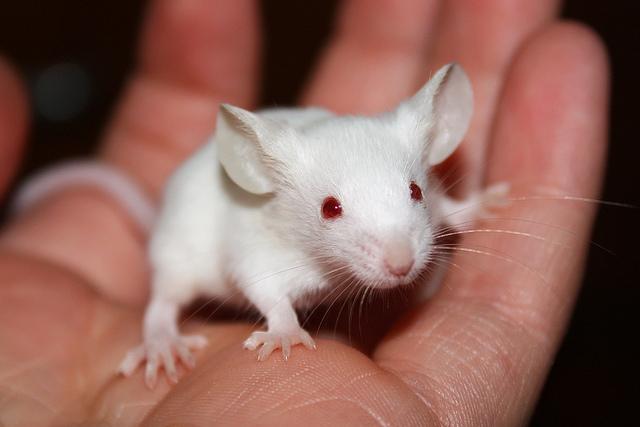
Researchers know that autism has biological components, but how do psychologists study the role of genes in producing the social symptoms we recognize with autism? UMN Psychology Professor Jonathan Gewirtz studies social behaviors in mice that are similar to human behaviors. In a paper recently published in Translational Psychiatry, Dr. Gewirtz and his former graduate student Marc Pisansky, together with colleagues in the Neuroscience and Genetics departments, have found a difference in the way certain mice express a precursor of empathy. The results can help us better understand how autism works in humans.
Dr. Gewirtz studies behaviors in “knockout” mice, those that have been bred to have an inactive version of a particular gene so researchers can compare their biology and behavior to those of mice with a working version of the gene. Although researchers have not identified any single genetic mutation shared in more than 1% of autism cases, one gene from the Chd family has been linked to an increased risk of developing a particular type of autism. The knockout mice in Dr. Gewirtz’s study had an inactive version of Chd5, another gene from this family.
In this study, the authors focused on vicarious fear: whether mice that observe a cage-mate getting an electric shock show signs of distress like freezing or trying to escape. Normal mice show these signs of vicarious fear, but knockout mice do not.
According to Dr. Gewirtz, vicarious fear is a form of “affective state matching,” when people (and mice) assume the emotional state of others around them. In other words, if people around you seem happy, you feel happy, and if people around you seem scared, you feel scared. This is considered a basic element of empathy and may underlie more complex social relations, and even morality. Dr. Gewirtz’s study shows that psychologists can study this element of social relations in mice, making it possible to explore the causal role of genes in complex social behaviors.
Photo Credit: Hy’Shqa, Flickr CC

